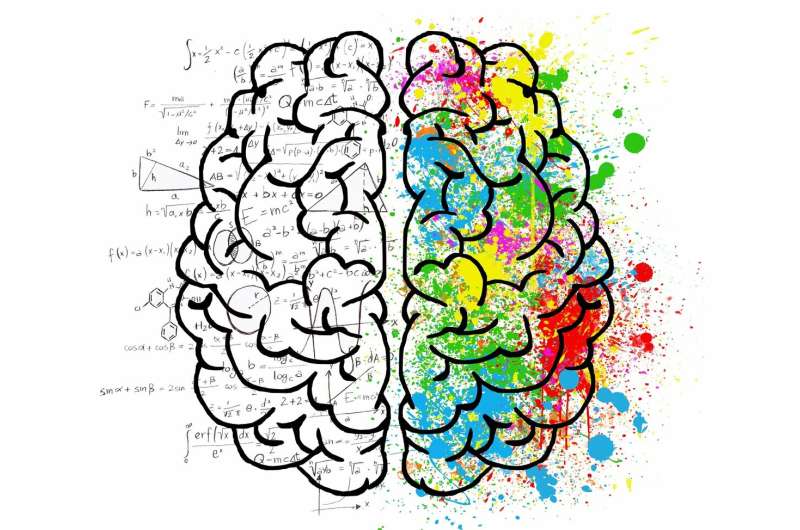New Mathematical Framework Explains How Humans Store and Recall Narrative Memories Using Random Trees

A novel mathematical model utilizing 'random trees' offers new insights into how humans store and recall complex narrative memories, advancing understanding of cognitive processes.
Recent research conducted by scientists from the Institute for Advanced Study, Emory University, and the Weizmann Institute of Science has introduced a groundbreaking mathematical model that sheds light on how humans encode and retrieve narrative memories. Published in Physical Review Letters, this innovative study employs the concept of "random trees"—a type of mathematical object—to represent how stories and meaningful information are stored in the brain. The core challenge addressed by the researchers was developing a theoretical understanding of memory for complex, meaningful content such as narratives, which has historically been considered too intricate for mathematical modeling.
The team collected recall data through experiments using narratives from the 1960s recorded by linguist W. Labov. Over 100 participants were asked to recall stories of varying lengths, from brief sentences to extensive passages. Analyzing these recalls, the researchers observed that humans often summarize large portions of a narrative into single sentences, implying that memory might represent stories as hierarchical structures akin to trees. In this model, nodes closer to the root symbolize high-level summaries of larger story segments.
Utilizing advanced AI tools, including large language models, the team demonstrated that the structure of these narrative trees is inherently probabilistic and can be mathematically described as an ensemble of random trees. They propose that such trees are formed when a person first encounters or reads the story and that different individuals generate unique tree structures based on personal comprehension. The key hypothesis is that every meaningful story is generically represented in memory as a tree with a specific statistical pattern.
This model's predictive power was validated against experimental data, revealing that despite the complexity of narratives, human memory follows statistically predictable trends. The implications extend beyond storytelling, suggesting that narratives serve as a fundamental way humans organize reasoning about various phenomena in personal, social, and historical contexts.
Looking ahead, researchers aim to expand this framework by exploring more direct experimental evidence for the tree model. Future studies may involve brain imaging techniques during narrative comprehension and recall tasks, potentially providing deeper insight into the neural mechanisms underlying this memory organization. Overall, this research underscores the significant potential of mathematical and AI-based approaches in unraveling the complexities of human cognition and memory storage.
Stay Updated with Mia's Feed
Get the latest health & wellness insights delivered straight to your inbox.
Related Articles
Celebrities Turn to Propranolol, a Common Heart Medication, to Ease Anxiety: Should You Consider It?
Propranolol, a popular heart medication, is increasingly used by celebrities to manage anxiety. Discover how it works and the risks involved in off-label use for anxiety relief.
Blood Biomarkers and MicroRNA Signatures for Detecting Teen Depression Severity
Innovative blood tests utilizing microRNA signatures offer a promising, minimally invasive approach to early detection and monitoring of depression severity in teenagers, potentially transforming mental health diagnostics.
New Insights into the Amygdala's Role in Linking Unrelated Events in Decision-Making
Discover how the amygdala plays a vital role in linking unrelated stimuli and influencing decision-making. New research uncovers neural circuits involved in forming indirect associations, with implications for mental health treatment.
New Theory Suggests Psychedelics Promote Right-Brain Dominance and Alter Brain Connectivity
A new theory suggests that psychedelics may induce a dominance of the right brain hemisphere, leading to enhanced empathy, insight, and holistic perception. Researchers explore how these substances alter brain connectivity and promote mental flexibility.



